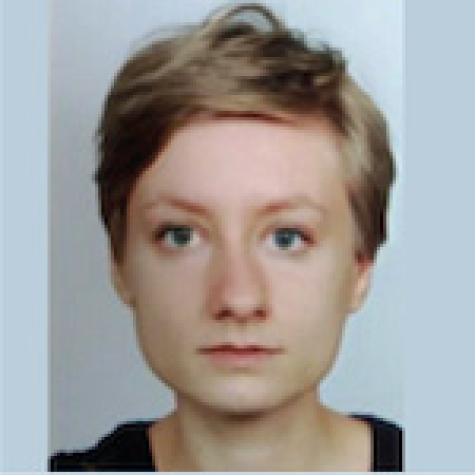Project members
We are investigating whether progression to T1D involves a different vulnerability of β cells in the face of a naïve autoimmune repertoire that is similar across individuals. This vulnerability may be modulated by a different pHLA presentation by β cells or dendritic cells (DCs) in the T1D and healthy conditions. In this context, we are studying:
- the peptide antigen display of β cells and antigen-presenting cells under resting versus inflammatory conditions (IFN-alpha), or upon infection by Enteroviruses (which are the most credited environmental triggers for T1D).
- the role of other surface molecules that may further modulate this vulnerability.










